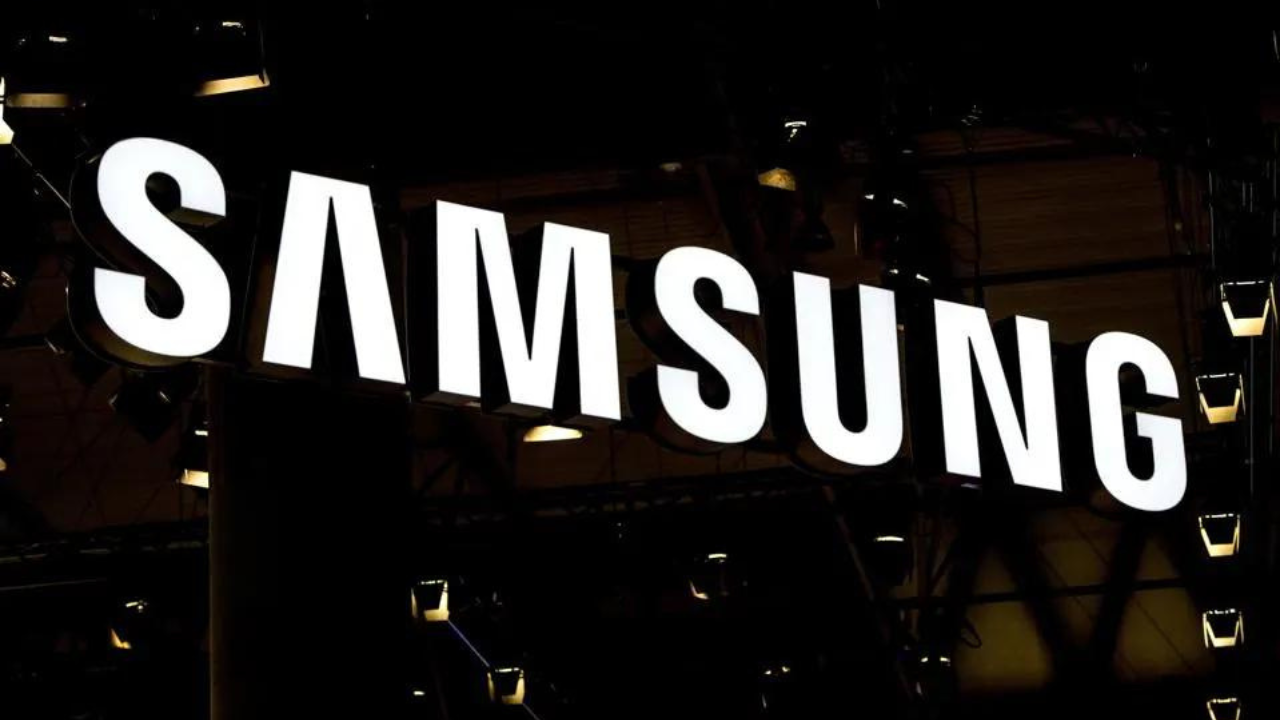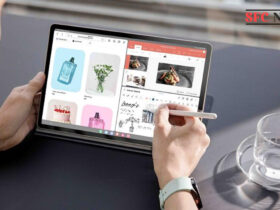Key Points:
- A rise of 6 percentage points, up to 27% in 2024 is predicted for the Wear OS market share, and Samsung is the one to thank it all as it outperforms competitors using innovative features.
- Wear OS retail sales are projected to hit a 37% gain in their sales volume to the previous year, which demonstrates a beneficial tendency for the whole wear OS market.
- The partnership of Samsung with Google, and the release of the Wear OS 3, made an exciting change for the operating system by getting more Android-using users and expanding only on the smartwatch platform.
However, the positive prospect for the future of Wear OS principles seems to shine brighter for both Samsung and other smartwatch manufacturers when the reports about the increase in sales of Wear OS-fit products this year have surfaced. We are heading toward this growth that may turn out to be with WatchOS losing ground, and this strategic mobility in the world of smartwatches is going to be a worth-noticing phenomenon.
The most modern research findings envisage a significant growth of Wear OS, which is estimated to swell by 6% and rise to 27% in 2024. The related rise has shown that it is mind-boggling, especially considering they only had a 21% market share the previous year which demonstrates undoubtedly how people with Android OS are enjoying premium smartwatch experiences.
An expected 37% growth in sales for Wear OS compared to previous years demonstrates that the wearable OS market keep gaining popularity in the future. After years of less-than-impressive performance and software failures, the move for Fossil to come out of Google’s wear go out stream of Wear OS had a significant impact on the need for revitalization in Google. Samsung’s partnership with Google to introduce Wear OS 3 was a resuscitative measure that boosted the platform with effectiveness and proper marketing—the latter being a critical element in this regard.
A combination of features, as well as Google’s proactive measures to bolster the Wear OS capabilities and in conjunction with elegant smartwatches made by reputable manufacturers like OnePlus, OPPO, and Xiaomi, will catalyze continuous growth in the market. On the bright side and considering the mentioned innovations, aging Android users and the entire setup can get better with time provided that creators of future Android OS consider issues such as poor battery life and network-wide integration.
Anshika Jain, a Senior Research Analyst at Counterpoint Research, remarked that Android users are increasingly transitioning towards top-shelf smartwatch experiences. More specifically, they are becoming keen on investing in devices that apart from enhancing the users’ experience, offer highly improved third-party app support, AI assistance, plus robust health tracking capacities. That anticipates the users to reach for Wear OS devices, thus underscoring its popularity and its share in this market.



Leave a Reply